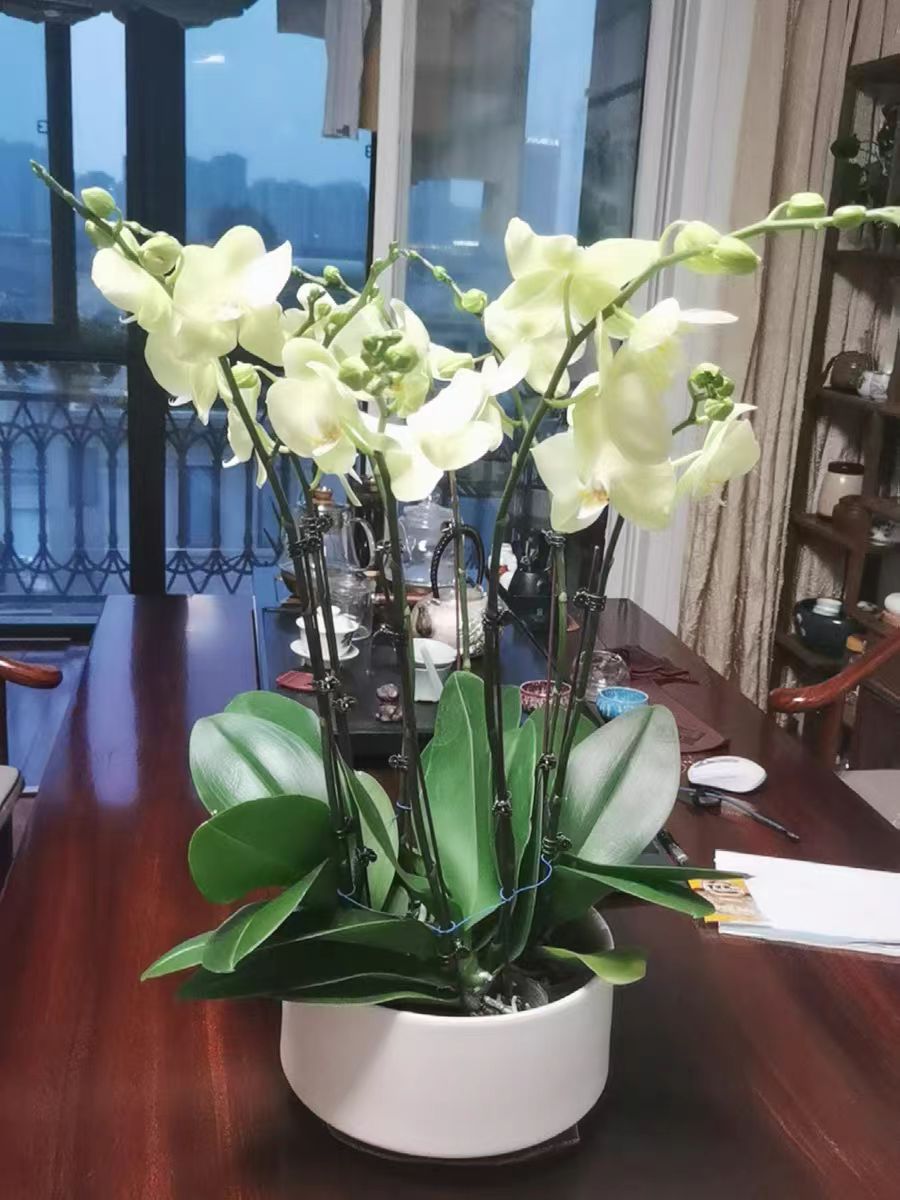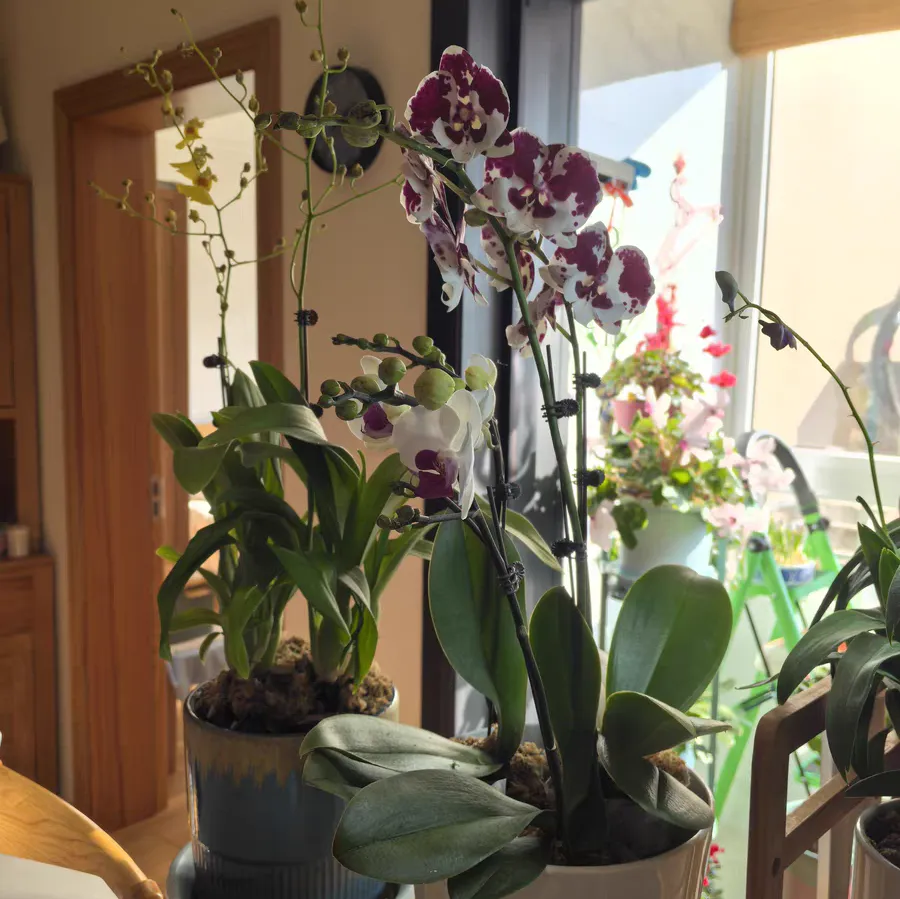During the cultivation of phalaenopsis, many people encounter the problem of cracked leaves, which not only affects the plant's appearance but also causes concern among growers. So, what exactly leads to the cracking of phalaenopsis leaves? And should we cut off the leaves after they crack?
Reasons for the cracking of phalaenopsis leaves:
Dry air: Phalaenopsis is native to the humid tropical rainforest environment and has high requirements for air humidity. In the home or indoor environment, if the air is too dry, the leaves of phalaenopsis will gradually crack due to lack of water. This kind of cracking usually starts from the midrib, and the crack gradually expands as the leaf curls. Therefore, maintaining appropriate air humidity is the key to preventing the leaves of phalaenopsis from cracking.
Pest infestation: Besides dry air, pest infestation is also an important cause of leaf cracking in phalaenopsis. When pests bite the leaves, they leave wounds on them, which are prone to cracking in a dry environment. Therefore, regularly checking the leaves of phalaenopsis and promptly detecting and dealing with pests are important measures to protect the health of the plants.
Human damage: Accidentally damaging the leaves of phalaenopsis during the cultivation process is also one of the reasons for their cracking. After the leaves are damaged, they are prone to folding or cracking. Therefore, when taking care of phalaenopsis, extra care is needed to avoid causing unnecessary damage to the leaves.
For the cracked leaves of phalaenopsis, we need to decide whether to cut them off according to the degree of cracking and the cause. If the cracking is not serious and does not affect the overall appearance and health of the plant, we can choose to keep these leaves and let the plant recover naturally. However, if the cracking is severe or the leaves have withered and become soft, they need to be cut off in time to prevent germs from invading and affecting other healthy leaves.
When cutting off the cracked leaves, clean scissors should be used, and an appropriate amount of fungicide should be applied to the cut to prevent bacterial infection. Meanwhile, it is also necessary to strengthen the cultivation and management of the plant, increase the air humidity, and water and fertilize it reasonably to promote the growth of new leaves and the recovery of the plant.
The cracking of phalaenopsis leaves is a common cultivation problem, and the main reasons include dry air, pest infestation and human damage. To prevent leaf cracking, we need to maintain appropriate air humidity, regularly check and deal with pests, and carefully manage the plants. For the cracked leaves, we need to decide whether to cut them off according to the degree of cracking and the cause, and strengthen the cultivation and management of the plant to promote its recovery.
What's the Matter with the Cracks in Phalaenopsis Leaves?

Share with
Tagged in :




Leave a Reply